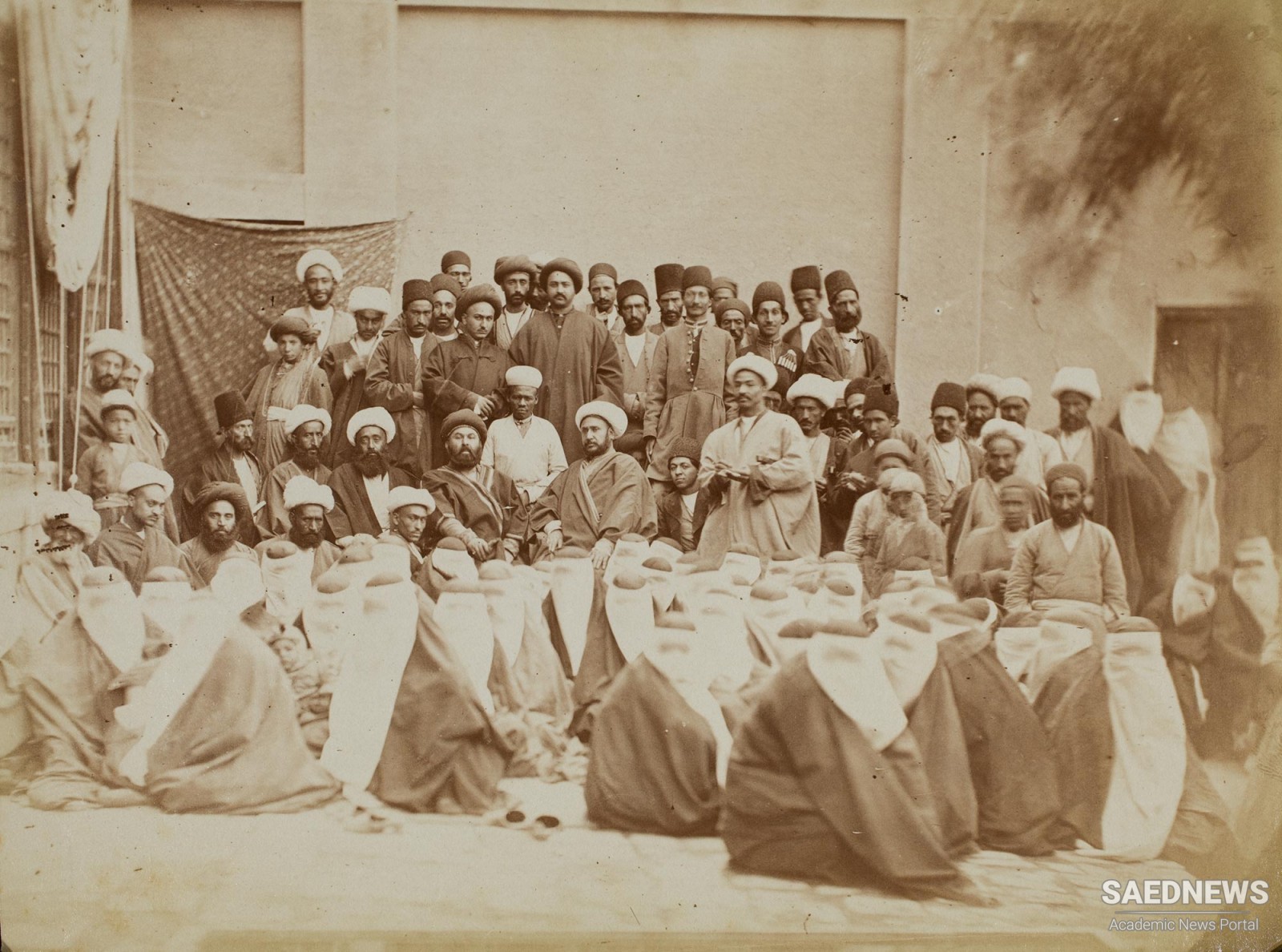Such relationships had a growing institutional aspect and political importance, but also depended on personal links between mujtaheds and followers and the selection by particular believers of a chosen mujtahed as their ‘source’ of authority and ‘model’/exemplar for imitation (taqlid). Definitions of the position of mujtaheds and their followers put choice and personal relationships at their core. The presence of a plurality of mujtaheds, among whom believers chose and followed a particular individual, placed emphasis on community–’ulama relations, reinforcing the impact of voluntary khums and zakat payments. Mujtaheds depended on the mobilisation of respect and loyalty, through personal networks and contacts which confirmed their doctrinal authority, and political and material patronage. Piety and reputation, judged by those among whom senior ‘ulama moved and on whose support they relied, were as much criteria for recognition as the formal learning which established professional authority. They maintained their position through legal, ritual and educational functions, and, by being available to deal with requests, disputes and concerns brought by clients, allies or students, used their ability to command the attachment of supporters in pursuit of their interests.
Craft groups or residents of urban neighbourhoods might coalesce round the authority, patronage and charisma of prominent religious leaders, defining themselves as followers (muqallid) of their guidance, and supporting them with fees, dues or gifts. They could define themselves through shared commitment to a chosen mujtahed, teacher or preacher, and antagonistically through opposition or conflict with other groups. Such conflicts were often linked to ‘ulama rivalries, but also consolidated the identification of participants with ‘their’ grouping and loyalty to a chosen patron/leader. Confrontations between neighbourhood factions expressed a shared culture, including religious affiliation, through opposition to ‘others’. Since there were diverse religious traditions and practices within and outside Shi’a Islam, such affiliations could become oppositions, with followers of particular traditions defining themselves against the ‘corrupt’ or ‘heretical’ practice of others. The defiling of mosques and pulpits, exclusion of opponents from bath-houses as ‘unclean’, or the clash of rival religious processions and violence at debates among rival ‘ulama took conflicts into public urban arenas, linking the expression of collective identity to religious themes.
Other religious specialists contributing to urban society included lesser ‘ulama and others with claims to religious education and knowledge, who might teach or provide pious recitations in an urban quarter, self-appointed purveyors of prayer, divination, mystical knowledge or expertise with talismans and amulets. They might be established residents or itinerant darvishes, members of local craft and trader families, or unattached mendicants. They provided familiar valued services sustaining convention and tradition, and offered opportunities for diversity, innovation, dissidence and heterodoxy, contributing to a cultural fabric in which popular beliefs and traditions entwined with learned and ‘official’ contributions.


 The Laity and the Clergy: Culture and Economy Combined
The Laity and the Clergy: Culture and Economy Combined














































